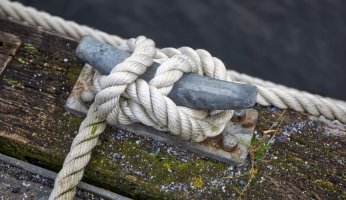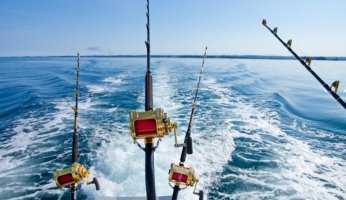Arkansas Trout Fishing
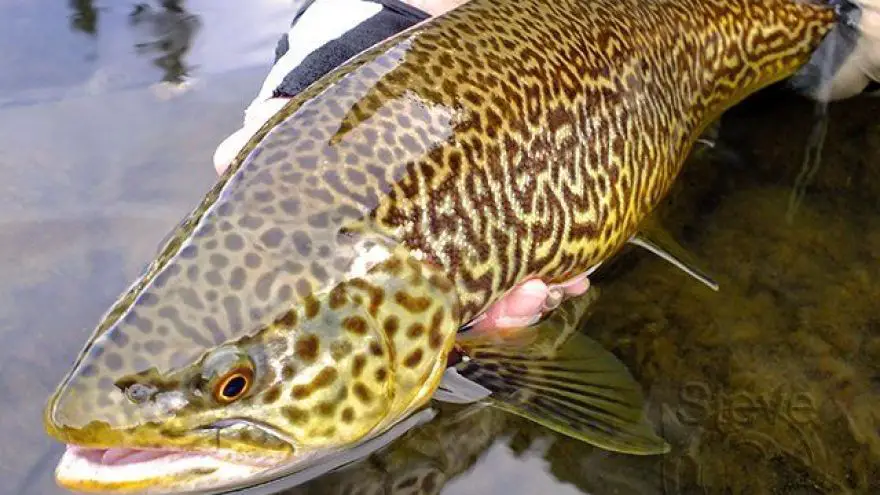 Arkansas Trout Fishing
gearweare.net
Arkansas Trout Fishing
gearweare.net
When I was a teenager, my father was part of a church group that went trout fishing every year on the White River in Arkansas. There was one year that they asked me to join them on their trip. I felt like a big shot being invited to come stay in their cabin and listen to their fishing stories. Little did I know that the real treat would be the fishing.
We woke up early on that April morning, and I slid on my waders for the first time. As I walked into the swift water, the chill made me regret ever getting out of bed. Then I made my first cast through the fog and let the line float down through a few ripples. The strike was strong and I fought the current to reel in the fish. For the rest of that day I caught a shiny rainbow trout on every other cast, and I filled my limit by lunch time.
This was just my first trip to the White River, and from that first day I decided to go back as often as possible. The fish are not always huge, but it is so much fun reeling them in. Rainbow trout are beautiful and intelligent fish. It takes some knowledge to work the water and find the spots where they hide. In this article I will cover a few pointers that can help you find the same fun and excitement that I have found for many years.
Table of Contents
Pay Attention to Water Temperature
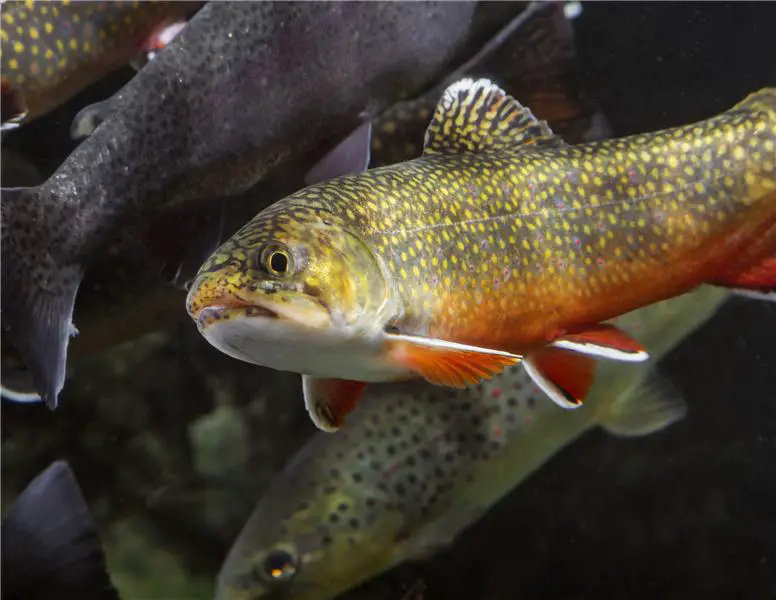
Trout are cold water fish and are most comfortable in water that is nearly too cold for me to stand. This is often why spring-fed creeks and rivers are some of your best opportunities. You can fish for trout through most of the year, but I have always had the best luck in early spring and late fall.
The water temperature is best for trout in the first few hours of light and the last few hours of light. Trout also seem to be visual fish and are found in clear waters, so the less light there is to cast a ‘shadow the better.
Learn to Read the Current

Trout tend to go after bait that is floating past them. They often face upstream and stay almost motionless looking for food. They only move their tails enough to keep their bodies stationary. Because of this you need to cast above your target area and let the current take your bait to the fish.
You also have to understand how the current carves out the bed of the river or creek. Trout like to sit in deep holes found just below fast current. The speed of the water carves these holes that provide a good hiding spot for trout. Cast above the holes and let your bait fall over the rim. You will likely get a bite.
Get Creative with Your Bait
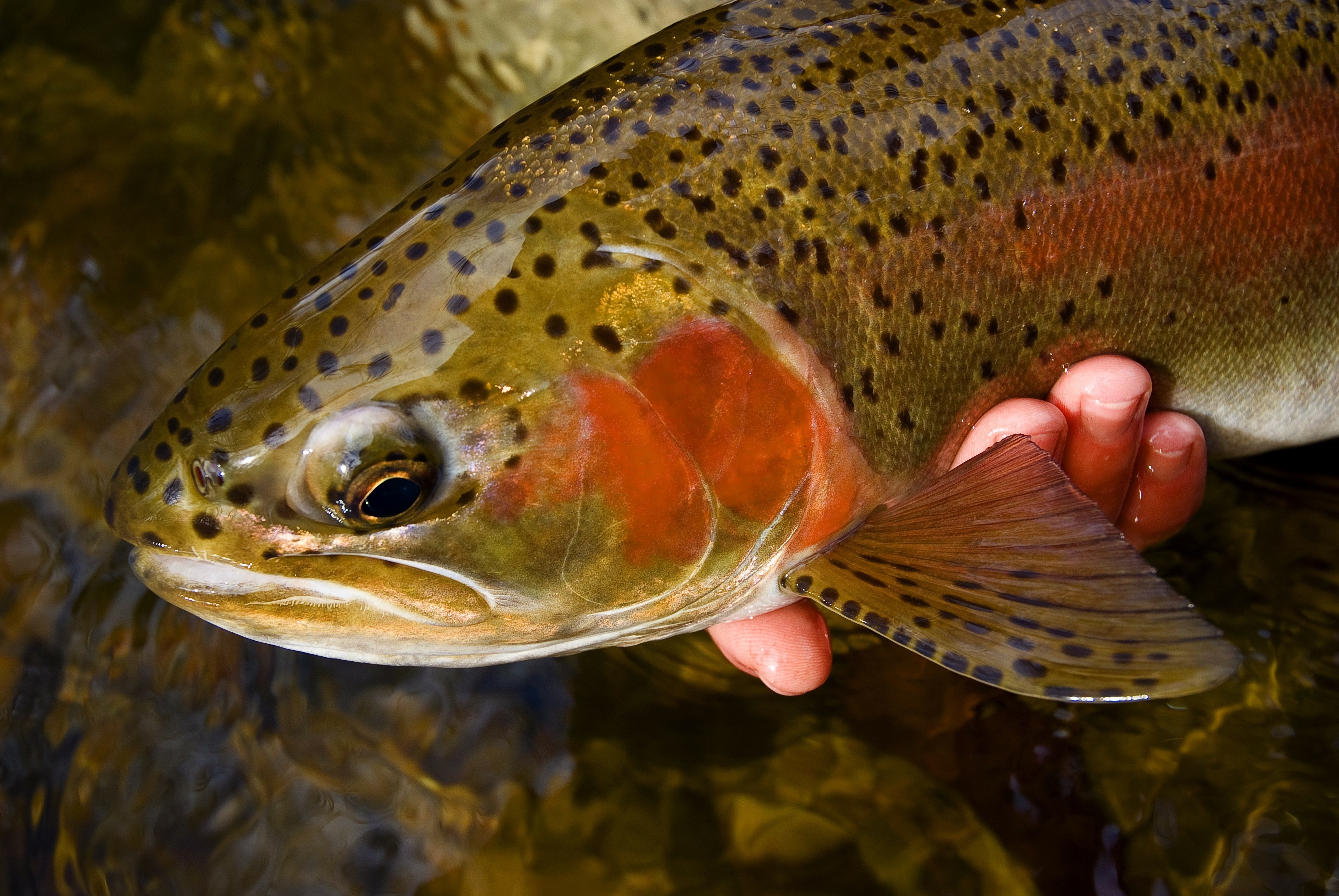
You will find that a large percentage of trout fishermen in Arkansas are fly fishing. I love fly fishing and do it often, but there are times I just want to fill the freezer and catch my limit. I have had luck fly fishing, but have caught consistently larger numbers of fish with natural bait.
Earthworms, red worms, crayfish, and minnows all will work for trout. However, the best luck I have ever had is with a bait that might surprise you. Small cooked shrimp from the grocery store have been very effective for me. You can buy a re-sealable bag in the freezer section, let it thaw, feed one onto a hook, and send it flying.
If you want to use artificial lures or bait on a non-fly rod, it is an option. Trout like movement and shiny lures, so small spoons work incredibly well. Remember that the mouth of a trout is relatively small, so smaller lures and hooks are better. Some people swear by Powerbait, but remember that this only works on trout that have been farm fed at some point. Native trout will not go after Powerbait.
Bring the Right Rod
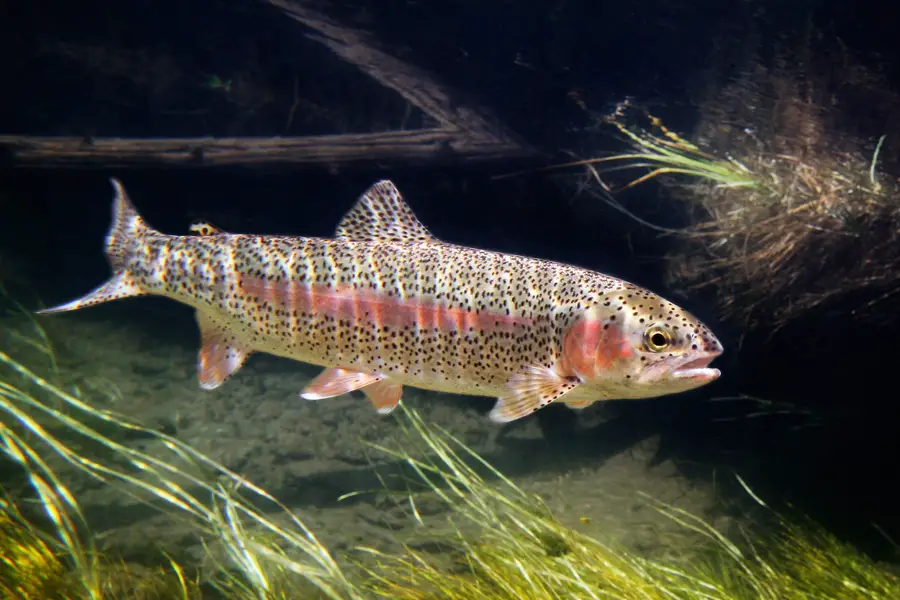
When fishing for species like bass or crappie, you can get away with using almost any rod. However, trout have a different set of requirements. They have a very soft mouth, so stiff rods do not work well. In many cases you will hook the fish, but then rip the hook out of the mouth by accident. A soft rod like a short ultralight setup is best.
That being said, make sure you have your drag set properly. In these streams and rivers, trout can widely range in size. If you are lucky enough to catch a monster, you want to make sure he does not destroy your rig before you can start reeling him in.
Consider Trophy Water
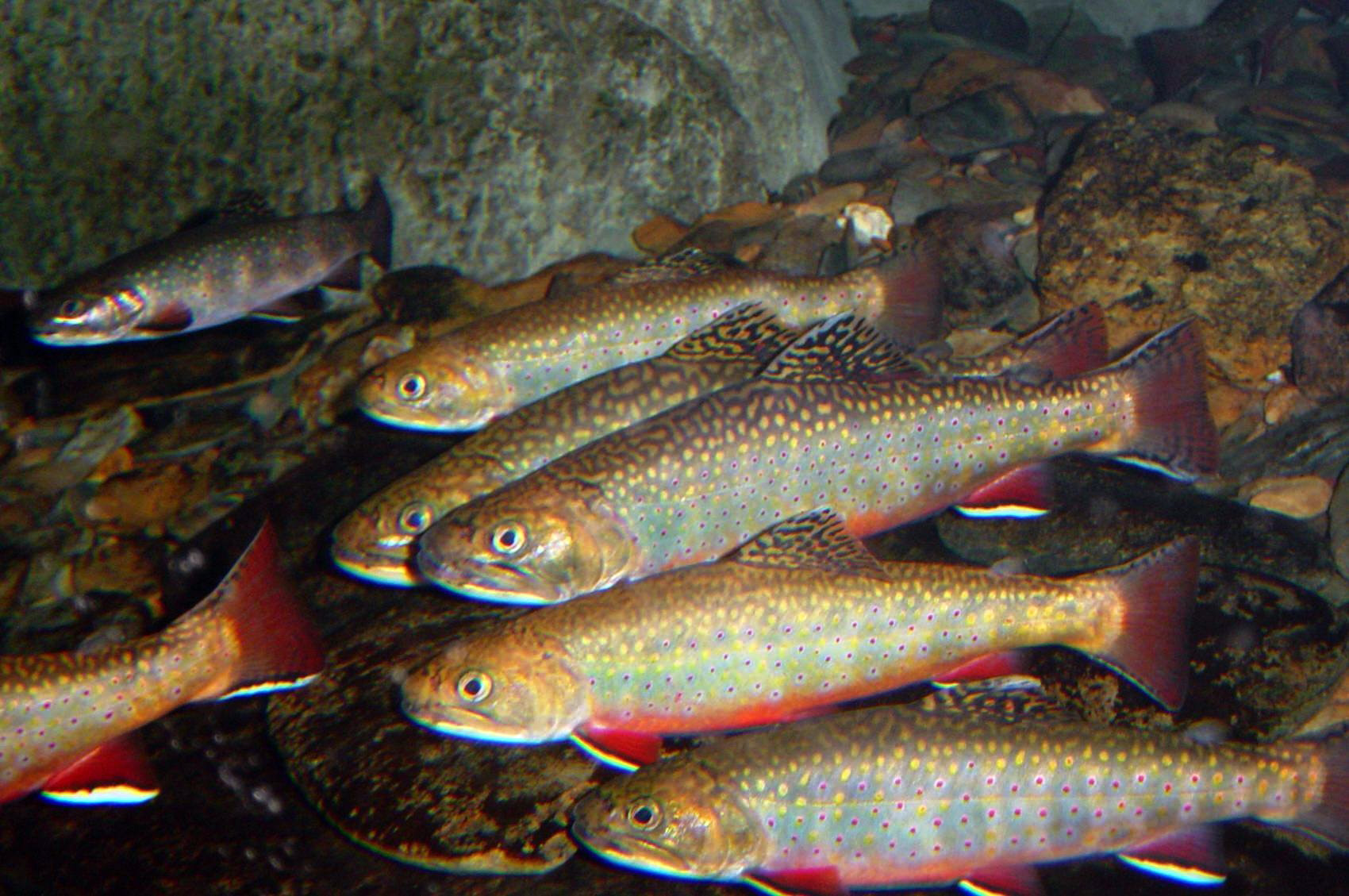
In Arkansas there are sections of water designated as trophy water. These areas have rules that are more thorough, and they require barbless hooks. If you are looking to catch a monster and do not need to fill the freezer, these sections may be a good idea. They get much less fishing pressure, so the trout are able to get much older and larger. It can make for an exciting trip.
A Note of Caution
If you do not plan to keep a trout for eating, do everything you can to avoid handling the fish. There is a mucus on the fish that must be preserved to keep it alive. Use a small net for bringing the fish out of the water, and use pliers to remove the hook. Then gently release it back into the water as quickly as possible.





